Flying with pets has always been a complicated dance of regulations, fees, and restrictions. However, the landscape is shifting dramatically as major US airlines implement sweeping policy changes that affect thousands of cat-traveling families each year. These modifications aren’t just minor tweaks to existing rules. They represent a fundamental reshaping of how Americans travel with their feline companions.
The changes stem from a perfect storm of factors. Rising operational costs, new federal regulations, and evolving passenger expectations have pushed airlines to reconsider their entire approach to pet travel. What emerges is a mixed bag of higher fees, stricter requirements, and surprisingly, some improvements that could make flying with cats more predictable than ever before.
Delta Leads the Fee Revolution
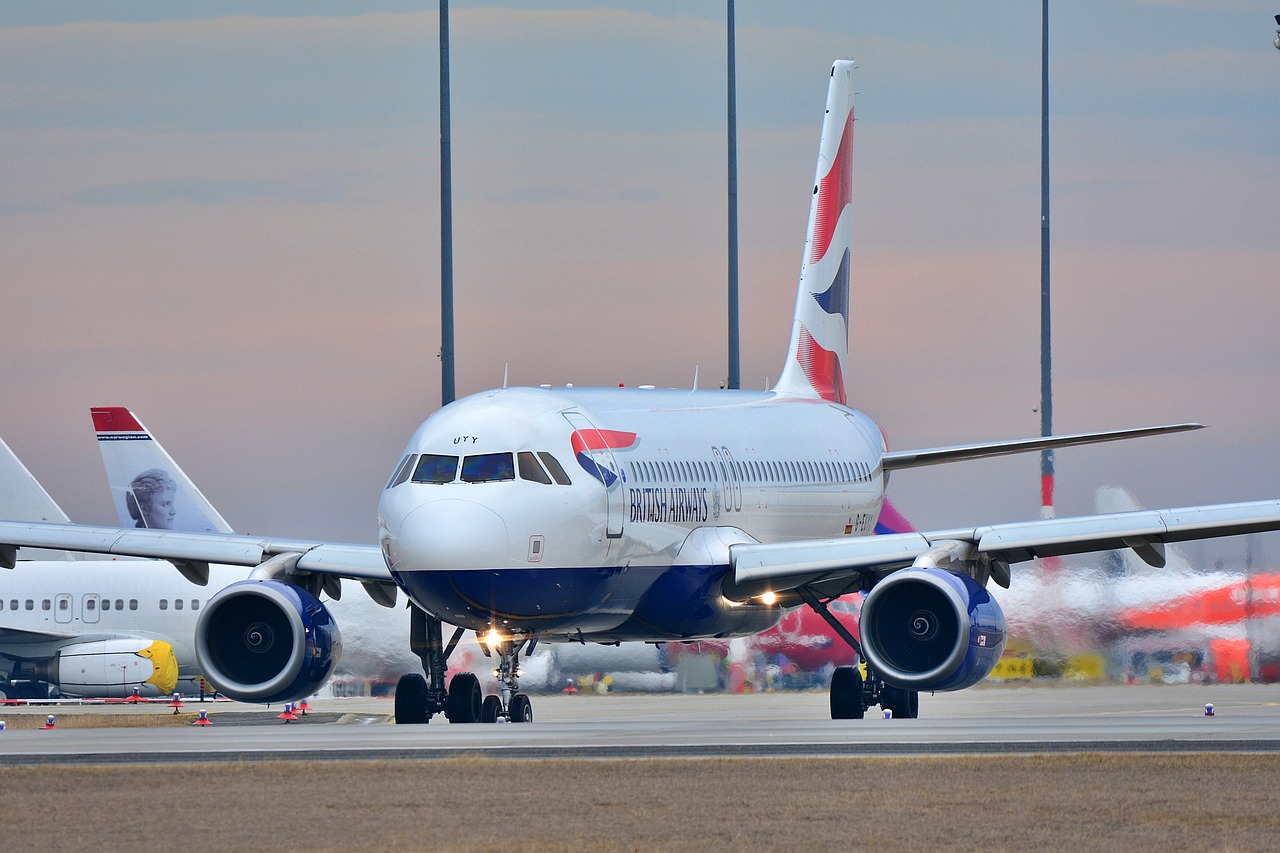
Delta Air Lines is raising its in-cabin pet fees to $175 each way starting March 2025. This represents one of the most significant fee increases in recent memory, affecting countless cat owners who previously relied on more affordable options.
The price hike affects small dogs, cats, and birds on domestic routes and aligns with a broader movement across major US airlines to adjust their pet policies. The timing couldn’t be more challenging for pet owners already struggling with post-pandemic travel expenses.
JetBlue’s Loyalty Program Twist
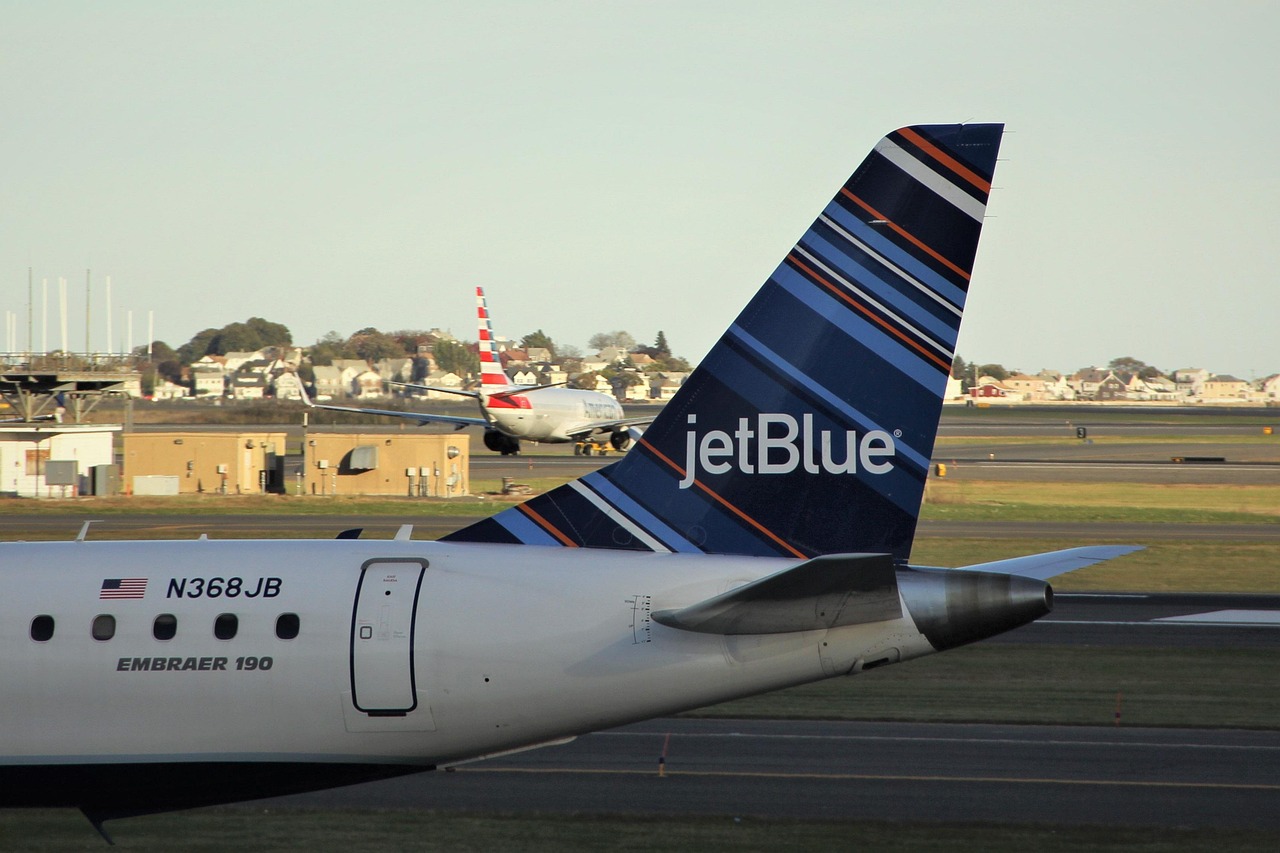
JetBlue now allows passengers who fly with pets to earn TrueBlue points on pet fees at the standard earning rate. This carrot-and-stick approach attempts to soften the blow of existing fees while creating customer loyalty.
The points system comes with JetBlue’s existing $125 nonrefundable fee per pet each way, and the airline still restricts in-cabin pet travel to smaller animals, specifically dogs and cats, while enforcing a cap of six pets per flight. Smart cat owners now need to book well in advance if they want to secure a spot for their furry companion.
Hawaiian Airlines Sets New Weight Limits
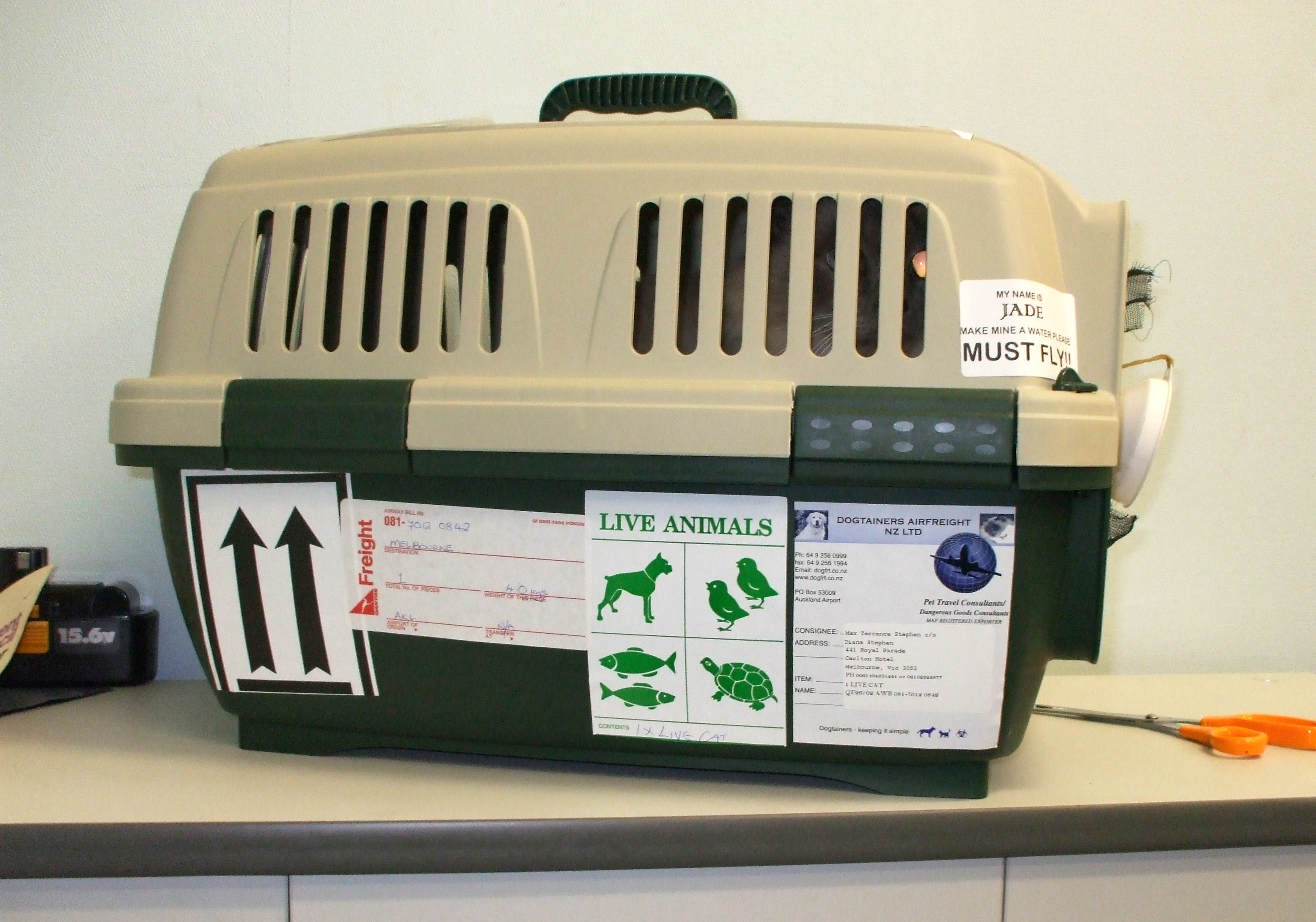
Hawaiian Airlines has adjusted its rules for pets joining passengers in the cabin, now setting a maximum weight of 30 pounds for the animal and its carrier combined, aligning with a broader shift among major US airlines revising their pet travel guidelines for 2025.
Small dogs and cats meeting the size requirements for carriers – specifically not exceeding 17 inches long, 11 inches wide, and 9.5 inches tall – will be permitted to fly in-cabin under this revised policy. These precise measurements leave little room for error when selecting travel carriers.
Alaska Airlines Eliminates Pet Seat Options
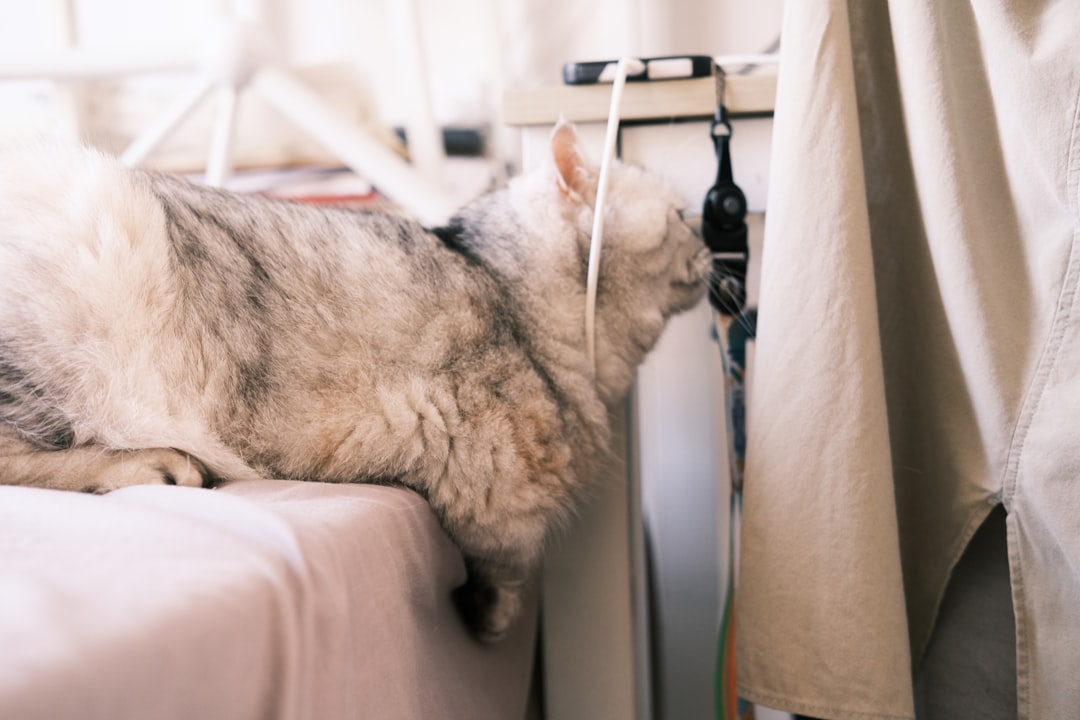
Effective June 1, 2025, Alaska Airlines is discontinuing the option to purchase a cabin seat for pets (CBBG). This change eliminates what was previously a premium option for pet owners willing to pay extra for additional space.
As of June 1, 2025, only dogs and cats are permitted to fly in the cabin, with domesticated rabbits and household birds temporarily allowed through April 4, 2026, but only if tickets were booked before June 5, 2025. This grandfather clause creates a narrow window for owners of non-traditional pets.
American Airlines Tightens Age Requirements
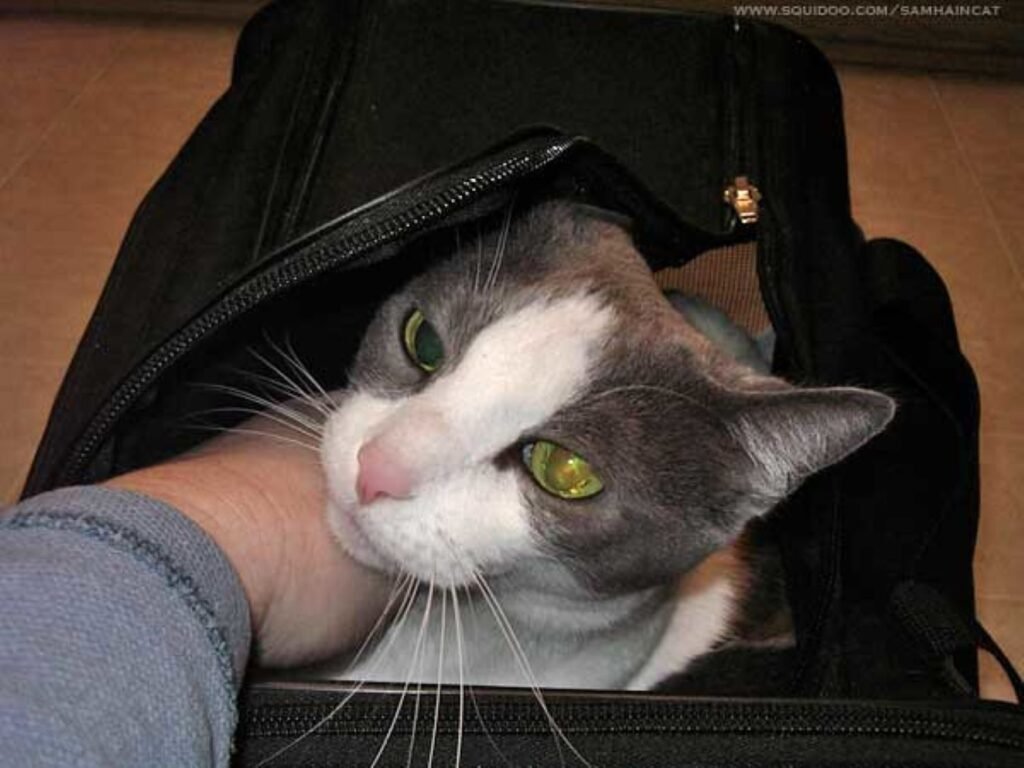
American Airlines requires cats to be at least 8 weeks old when traveling within the U.S. and Puerto Rico. While this might seem reasonable, it represents a stricter enforcement of age verification protocols.
Generally, one pet per passenger is allowed, however, travelers may bring two pets of the same species in the same carrier if they are between 8 weeks and 6 months old, are of similar size, weigh less than 20 pounds each, and fit comfortably. These specific weight and age requirements eliminate previous gray areas in policy interpretation.
New CDC Regulations Drive Policy Changes
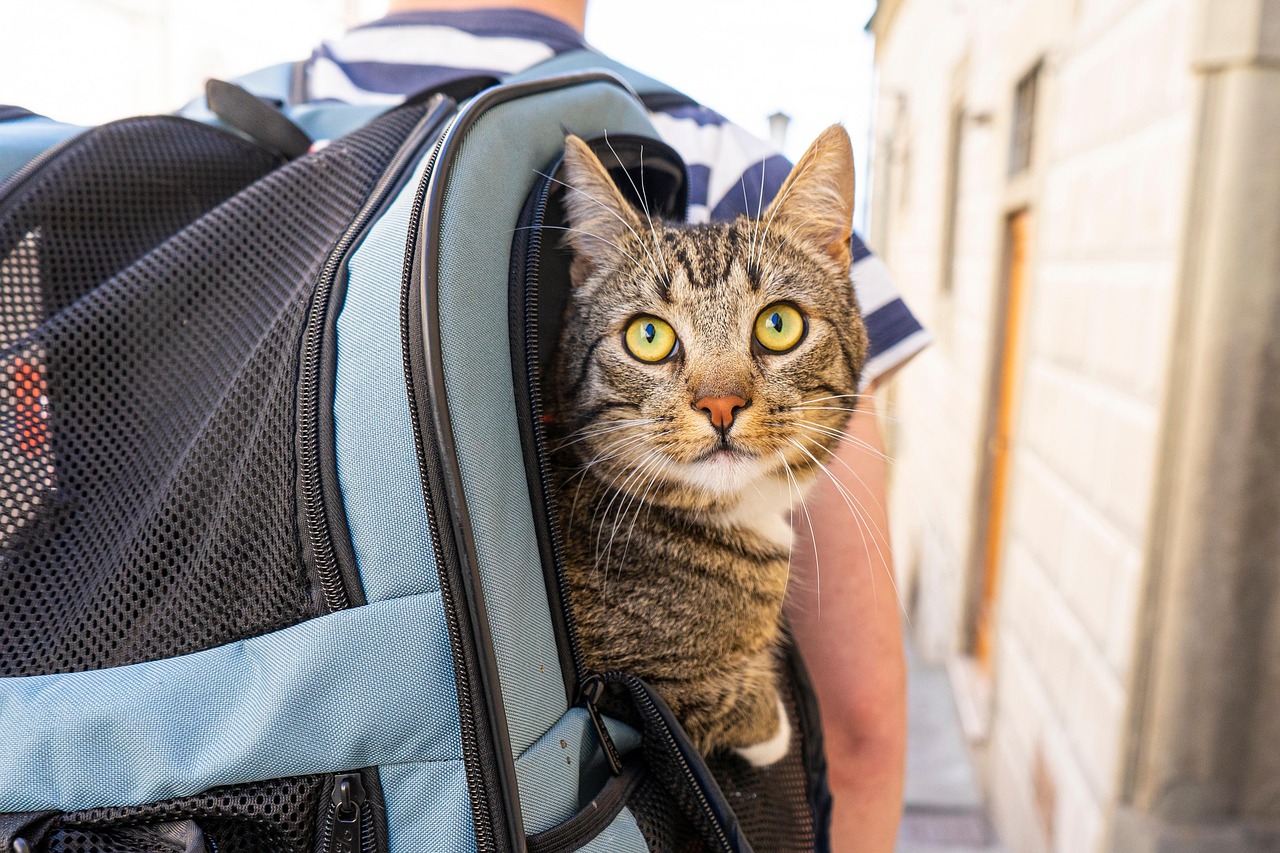
New requirements that took effect on August 1, 2024, depend on a dog’s travel history in the six months prior to arriving in the U.S. While this primarily affects dogs, it has created a ripple effect across all pet travel policies.
American Airlines now prohibits pets from flying into the U.S. from countries or territories deemed “high risk” for rabies, or if the pet has been in a high-risk location within the last six months. This international restriction demonstrates how federal health policies directly influence airline decisions.
Southwest Maintains Conservative Approach

Southwest Airlines welcomes “small, vaccinated domestic dogs and cats” to travel in-cabin only and does not allow pets in the cargo hold. Their unwavering in-cabin-only policy provides consistency but limits options for larger pets.
Southwest charges a $125 fee per pet carrier each way, positioning itself competitively despite not offering loyalty point incentives like other carriers. This straightforward approach appeals to travelers who prefer predictable pricing without complex reward structures.
United Eliminates Cargo Pet Services
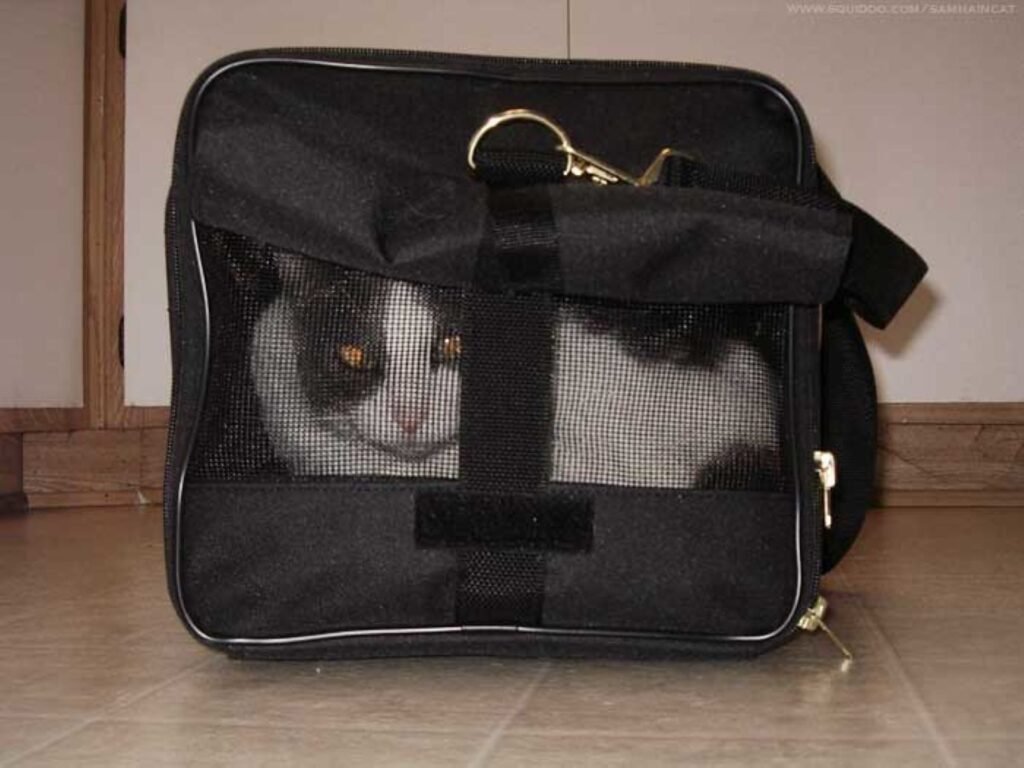
United no longer flies pets in cargo through its PetSafe program, with the exception of active U.S. military personnel, their spouses, or State Department Foreign Service Personnel, though eligible pets must still meet health certificate and kennel requirements.
Small dogs and cats may travel in the main cabin for a pet fee of $125 each way. This policy shift forces civilian pet owners with larger animals to seek alternative transportation methods or different airlines entirely.
Financial Impact on Pet Owners
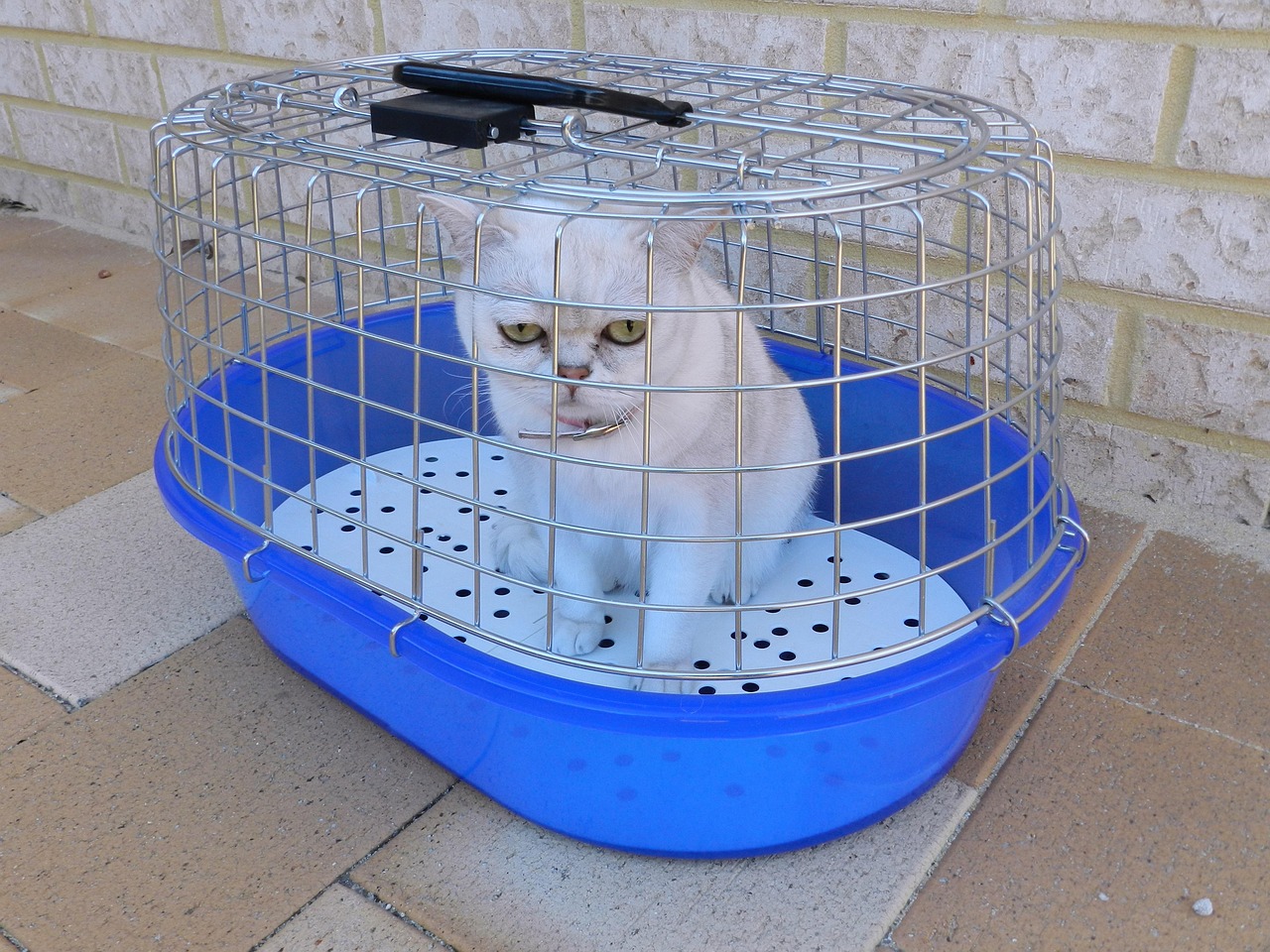
While airlines typically already impose fees for pet transport, usually ranging from $100 to $200, Delta’s increase pushes the cost of pet travel upwards, and in a landscape where more passengers are seeking to travel with their animals, these escalating fees will undoubtedly impact budget-conscious individuals hoping to include their pets in their travel plans.
The cumulative effect of these changes creates significant financial pressure on pet-owning families. A simple round-trip domestic flight that once cost roughly $200 in pet fees might now approach $350 or more, depending on the carrier and route.
Looking Ahead: The Future of Cat Travel

Despite these policy enhancements and market growth, surveys indicate that only about 20% of pet owners feel truly assured about the prospect of commercial air travel with their animals, suggesting that while airlines are adapting, a considerable gap remains in building traveler confidence and perhaps in effectively communicating and standardizing pet travel protocols.
The industry appears to be moving toward higher fees balanced by enhanced services and clearer regulations. Cat owners can expect continued changes as airlines adapt to new federal requirements while attempting to maintain profitability in an increasingly competitive market.
These transformations force pet owners to become more strategic about their travel planning. Early booking, careful carrier selection, and thorough policy research have evolved from suggestions to necessities. The days of last-minute pet travel arrangements are quickly disappearing, replaced by a system that demands preparation and financial commitment.
What remains uncertain is whether these changes will ultimately improve the travel experience for cats and their owners, or simply make it more expensive and complicated. The answer may depend entirely on how successfully airlines balance their business needs with the genuine concerns of the millions of Americans who consider their cats family members deserving of safe, comfortable travel options.





